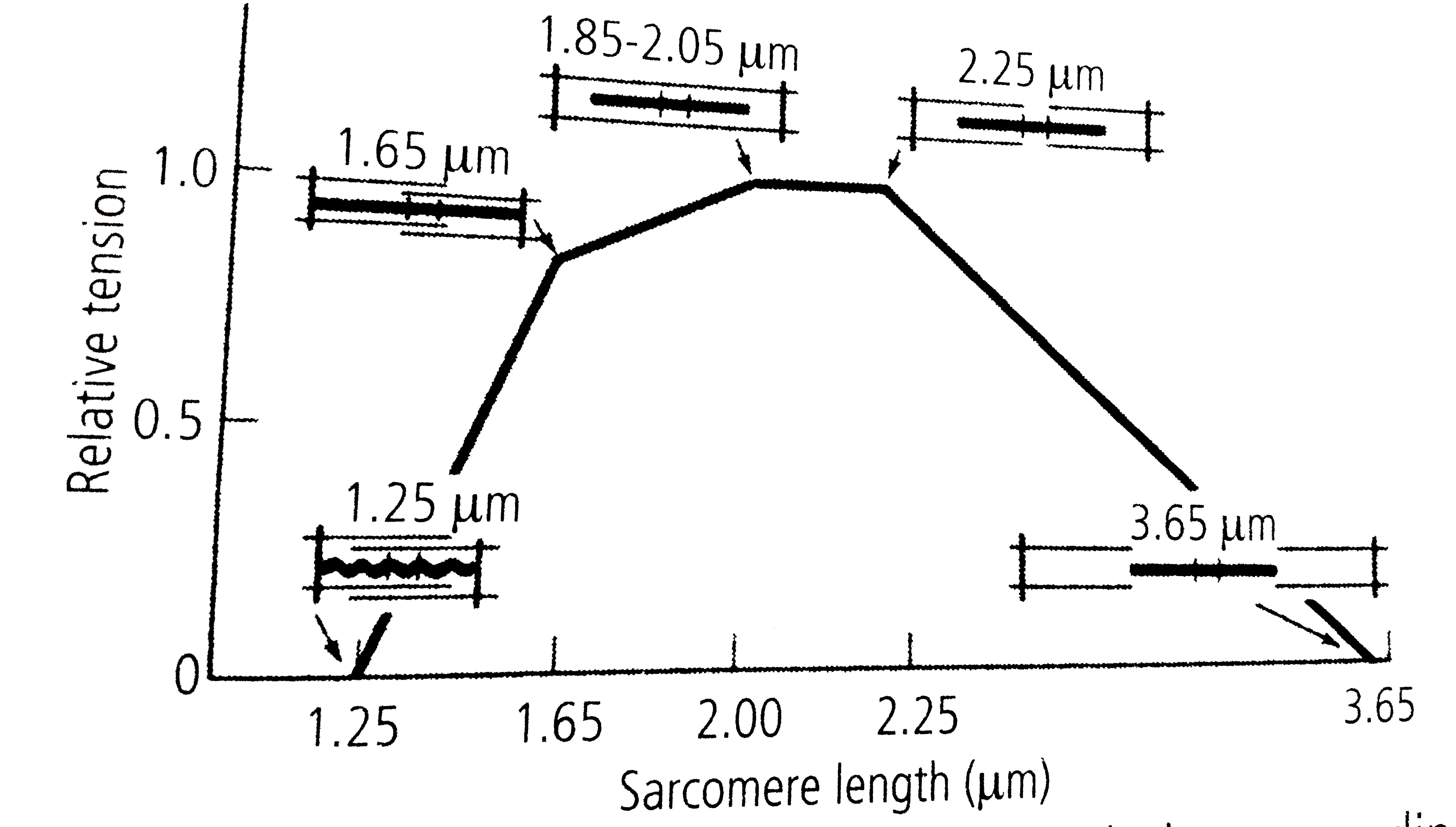Actin : Microfilaments
:: Tubulin : ________
To solve the analogy "Actin : Microfilaments :: Tubulin : ________", we need to understand the relationship between the terms involved.
1. Identify the Relationship: The first part of the analogy is "Actin : Microfilaments". Here, actin is a protein that forms microfilaments, which are a component of the cytoskeleton in eukaryotic cells.
2. Understand the Components of the Cytoskeleton: The cytoskeleton is made up of three main types of protein filaments:
- Microfilaments (made of actin)
- Intermediate filaments
- Microtubules (made of tubulin)
3. Identify the Corresponding Term for Tubulin: The second part of the analogy is "Tubulin : ________". Since tubulin is a protein that forms microtubules, we need to find the term that corresponds to tubulin in the same way that microfilaments correspond to actin.
4. Conclusion: Therefore, just as actin is to microfilaments, tubulin is to microtubules.
So, the answer is:
Tubulin : Microtubules
Final Answer:
Microtubules
---
- Microfilaments (made of actin)
- Intermediate filaments
- Microtubules (made of tubulin)
Tubulin : Microtubules
Microtubules
Topper's Solved these Questions
- BOOK - ICSECHAPTER - CELL - THE UNIT OF LIFEEXERCISE - REVIEW QUESTIONS (GIVE ONE WORD FOR THE FOLLOWING)5videos
CELL - THE UNIT OF LIFE
- BOOK - ICSECHAPTER - CELL - THE UNIT OF LIFEEXERCISE - REVIEW QUESTIONS (VERY SHORT ANSWER TYPE QUESTIONS WITH ANSWERS)59videos
CELL - THE UNIT OF LIFE
- BOOK - ICSECHAPTER - CELL - THE UNIT OF LIFEEXERCISE - REVIEW QUESTIONS52videos
CELL - THE UNIT OF LIFE
- BOOK - ICSECHAPTER - BREATHING AND EXCHANGE OF GASESEXERCISE - REVIEW QUESTIONS (LONG ANSWER TYPE QUESTIONS)8videos
BREATHING AND EXCHANGE OF GASES
- BOOK - ICSECHAPTER - CELL : THE UNIT OF LIFE EXERCISE - Differentiate Between18videos
CELL : THE UNIT OF LIFE
Similar Questions
Knowledge Check
- Question 1 - Select One
Microfilaments are involed in
Aamoebiod movementBciliary movementCmuscular movementDboth (a) and (b) - Question 2 - Select One
The given graph shows length-tension curve for a typical vertebrate sarcomere.

By analysing the graph, what can you deduce regarding the muscle contraction?
(i) Neither the myosin filaments nor the actin thin filaments change in length when a sarcomere shortens or is stretched. Instead, it is the extent of ocerlap between actin and myosin filaments that changes.
(ii) The total tension produced by a sarcomere is proportional to the total number of cross-bridges that can interact with actin filaments, and this number in turn is proportional to the amount of of overlap between thick and thin filaments.
(iii) The tension produced by the muscle is maximal when the overlap between thick and thin filamentss allows the largest number of myosin cross-bridges to bind to actin.
(iv) Tension drops off with increased lenght, because the thick and thin filaments overlap less and fewer cross-bridges can bind.
Tension drops off with decreased length, because thin filaments at the two ends of the secromere begin to collide with each other, preventing further shortening.A(i) OnlyB(i),(iii) and (iv)C(i),(iii),(iv) and (v)D(i),(ii),(iii),(iv) and (v)
These questions consist of two statements each, printed as Assertion and Reason. While answering these questions you are required to choose any one of the following five responses.
Assertion: Eukaryotic cells have the ability to adopt a variety of shapes and carry out direted movements.
Reason: There are three principal types of protein filaments−microfilaments, microtubules and and intermediate filaments, which constitute the cytoskeleton.View SolutionActin fiber is present in
View SolutionFill in the blanks with the suitable words
Each actin (thin) filament is made of two 'F' (filamentous) actins (a) wound to each other. Each 'F' actin is a polymer of (b) actins. Two filaments of another protein (c) ____also run close to the 'F' actins throughout its length. A complex protein (d) ____ is distributed at regular intervals on the tropomyosin. in the resting state a submit of troponin masks the active binding sites for (e)____ on the (c)____filaments.View SolutionActin is present in thin filaments.
View SolutionA mouse cell is treated with a chemical that interferes with the activity of microfilaments. Which of the following will probably be affected the most ?
View SolutionThe number of thick myofilaments (myosin ) surrounding single thin myofilament ( actin) are
View Solution

